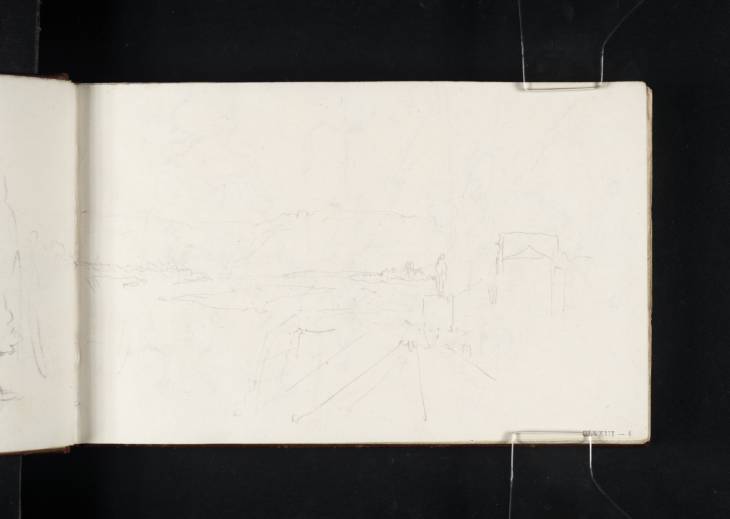References
How to cite
Nicola Moorby, ‘The River Seine, Looking West from the Barrière des Bonshommes at Passy, Paris 1819 by Joseph Mallord William Turner’, catalogue entry, February 2013, in David Blayney Brown (ed.), J.M.W. Turner: Sketchbooks, Drawings and Watercolours, Tate Research Publication, August 2013, https://www

